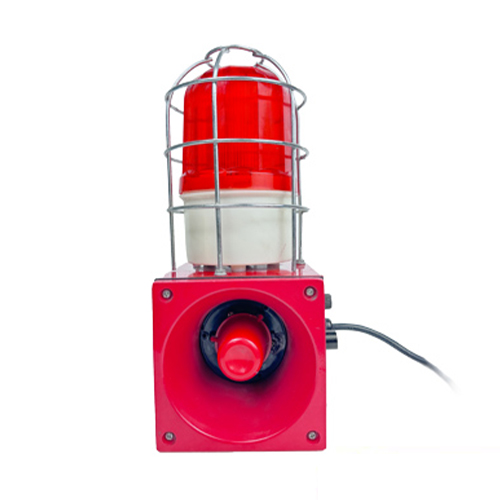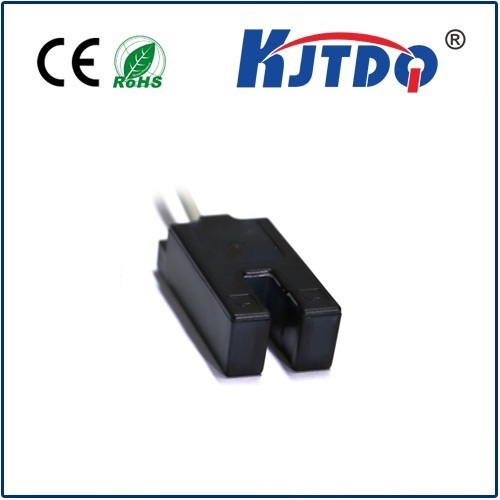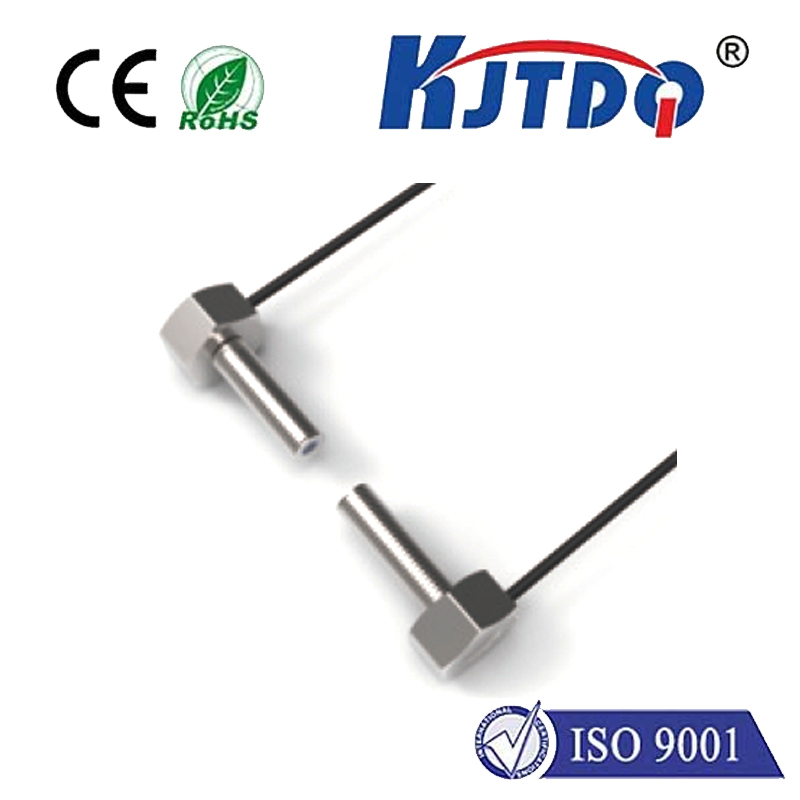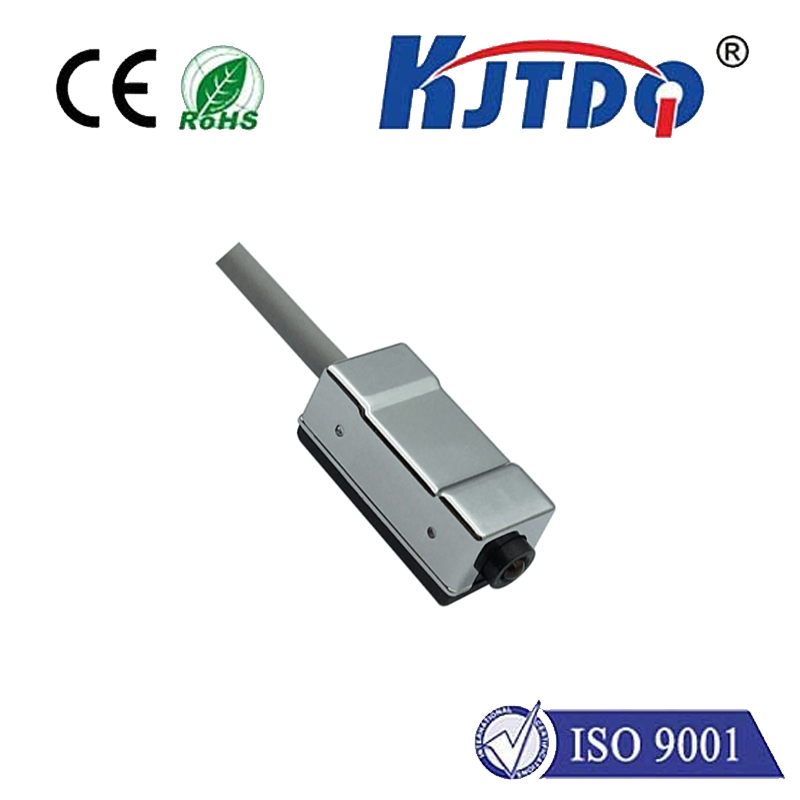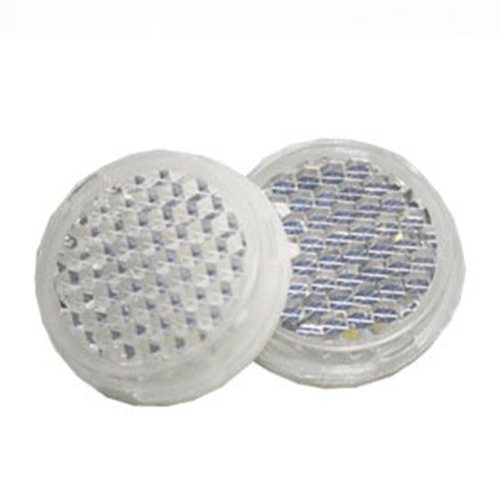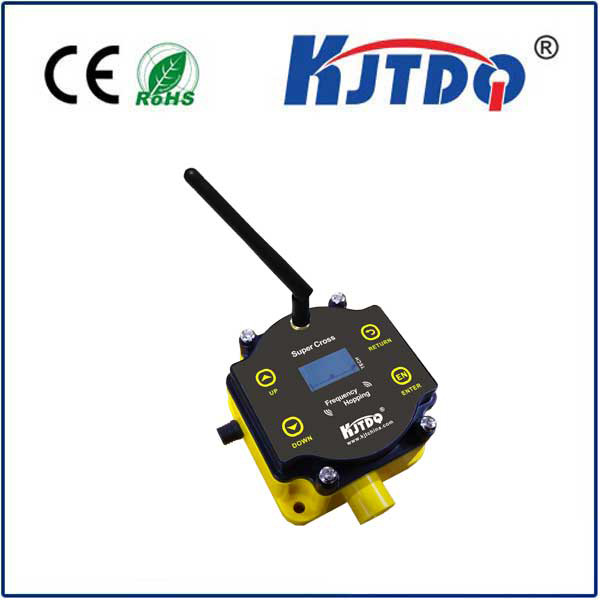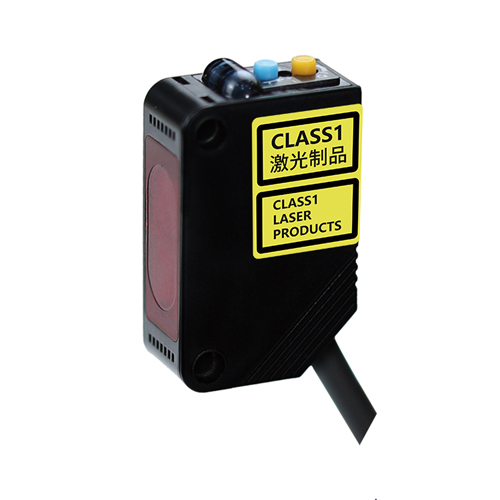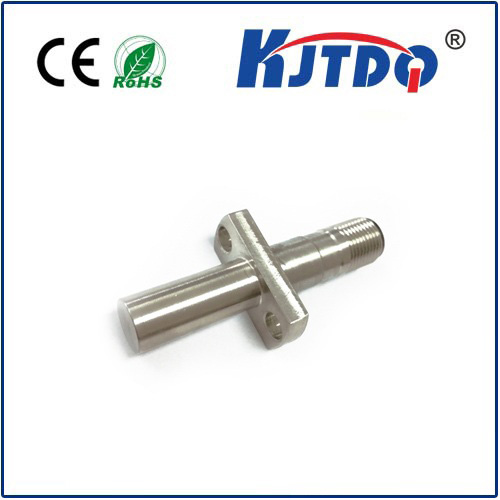

check

check

check

check

check

check

check

check

check

check
Proximity sensors have become ubiquitous in our daily lives, powering a variety of devices from smartphones to home automation systems. These small devices use electromagnetic or optical principles to detect and measure the distance between them and their targets. In this article, we will explore the different types of proximity sensors and how they work, as well as their applications in various industries.
One of the most common types of proximity sensors is the ultrasonic sensor. This sensor uses high-frequency sound waves to create a barrier that reflects off an object and measures the time it takes for the sound to bounce back. This allows it to determine the distance of the object. Ultrasonic sensors are widely used in industries such as automotive, robotics, and healthcare because they are non-contact, accurate, and can operate in environments with high noise levels.
Another type of proximity sensor is the infrared sensor. This sensor uses infrared light to detect the presence of objects. When an object blocks the infrared light, it creates a shadow that the sensor can detect. Infrared sensors are commonly used in security systems, temperature monitoring, and remote controls.
Optical proximity sensors work by using cameras to detect the reflection of light off an object. This type of sensor is particularly useful for detecting objects in low light conditions or when the object is hidden behind a surface. Opticalproximity sensors are often used in industrial自动化, quality control, and surveillance systems.
Capacitive proximity sensors work by measuring the change in electrical charge between two objects when they come into contact. This type of sensor is often used in touchless payment systems, where it measures the distance between a user's hand and a payment terminal.
In conclusion, each type of proximity sensor has its unique characteristics and applications. Understanding how these sensors work can help engineers and designers choose the right sensor for their specific needs. As technology continues to evolve, we can expect to see even more advanced proximity sensors that will further improve our ability to interact with the world around us.
